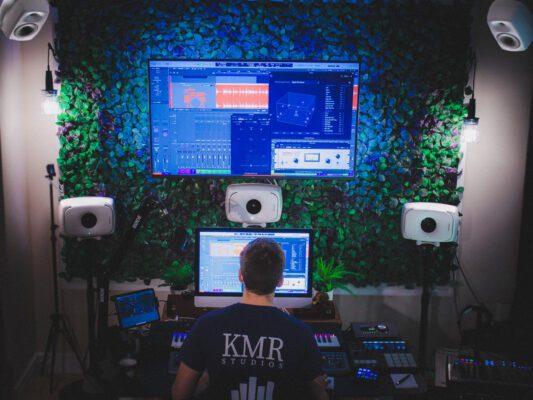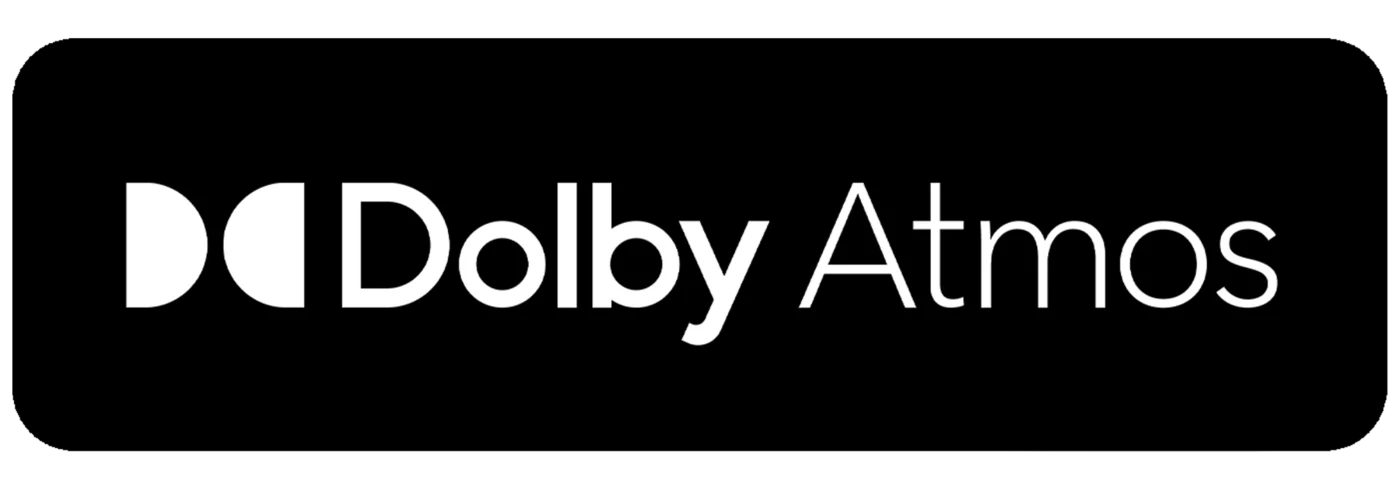Ambisonic and Dolby Atmos are two prominent audio technologies aimed at creating an impressive sound experience. Both technologies strive to offer superior spatial and immersive sound reproduction. This article will be a comparison between Ambisonic and Dolby Atmos, where we will compare their advantages and disadvantages.
A comparison between Ambisonic and Dolby Atmos – a few bullet points
Advantages of Ambisonic
- 360-degree sound: Ambisonic captures sound spherically – from all directions – and enables a complete 360-degree sound image, providing a wide and realistic sound experience.
- Flexibility: Ambisonic can be reproduced on different speaker configurations and also supports headphone playback. This provides flexibility to customize the sound system according to needs and budget.
- Post-processing possibilities: Ambisonic allows for processing and reorienting the sound afterwards, providing greater control over the sound experience.
Disadvantages of Ambisonic
- Complex encoding and decoding: Ambisonic requires specific encoding and decoding to accurately reproduce sound in a three-dimensional space. This can be technically challenging and may require specialized equipment or software.
- Limited compatibility: Ambisonic support is not as widespread as Dolby Atmos and may be limited to certain platforms or software.

Ambisonic microphone that can be used to record sound for various formats
– mono, stereo, and multichannel formats!
Dolby Atmos
Advantages of Dolby Atmos
- Object-based sound reproduction: Dolby Atmos uses a technique called object-based audio, which means that sound can be placed three-dimensionally and precisely follow the position of objects on the screen or in the room.
- Scalability: Dolby Atmos can scale from traditional surround sound to more advanced configurations with multiple speakers, providing an even more precise and immersive sound experience.
- Wide compatibility: Dolby Atmos is more widespread and supported by a large number of cinemas, audio systems, DAWs, streaming services, and game consoles.
Disadvantages of Dolby Atmos
- Cost: Implementing Dolby Atmos for professional work can be expensive, both in terms of hardware and licensing the technology.
- Limitations in post-processing: Dolby Atmos does not offer the same flexibility for processing and reorienting sound afterwards as Ambisonic does.
Conclusion
After our comparison of Dolby Atmos and Ambisonic, we see that they are two impressive audio technologies with their own advantages and use cases. Furthermore, Dolby Atmos, with its object-based sound reproduction, aims to offer a superior sound experience that surrounds the listener and provides a sense of depth and presence. Then we have Ambisonic, with its ability to capture sound from all directions, offering a 360-degree sound image. Moreover, these formats focus on different aspects, making them complement each other very well in your creative work!
Ambisonic is well suited for recording, with its spherical-compatible microphone. So, you can use Dolby Atmos in production, mixing, and mastering as the format easily converts to surround setups and stereo!
In summary, the choice between Dolby Atmos and Ambisonic does not have to be a choice. If you want to create an impressive sound experience in a cinema, a home theater system, or for gaming purposes, both can be used in different parts of your audio creation!
Atmos at KMR Studios
At KMR, we use Dolby Atmos daily in our work with sound and music. We continuously strive to develop our equipment to meet today’s needs when it comes to music creation and production. An example of this is that we have recently purchased an Ambisonic microphone (pictured above) to start recording in Ambisonic!
If you have any questions or want to work with us in Atmos and Ambisonic, feel free to contact us!
Read more articles about Atmos
Artist Guides
Top 7 Music Scholarships to Apply For
Guides Marketing

 Svenska
Svenska







